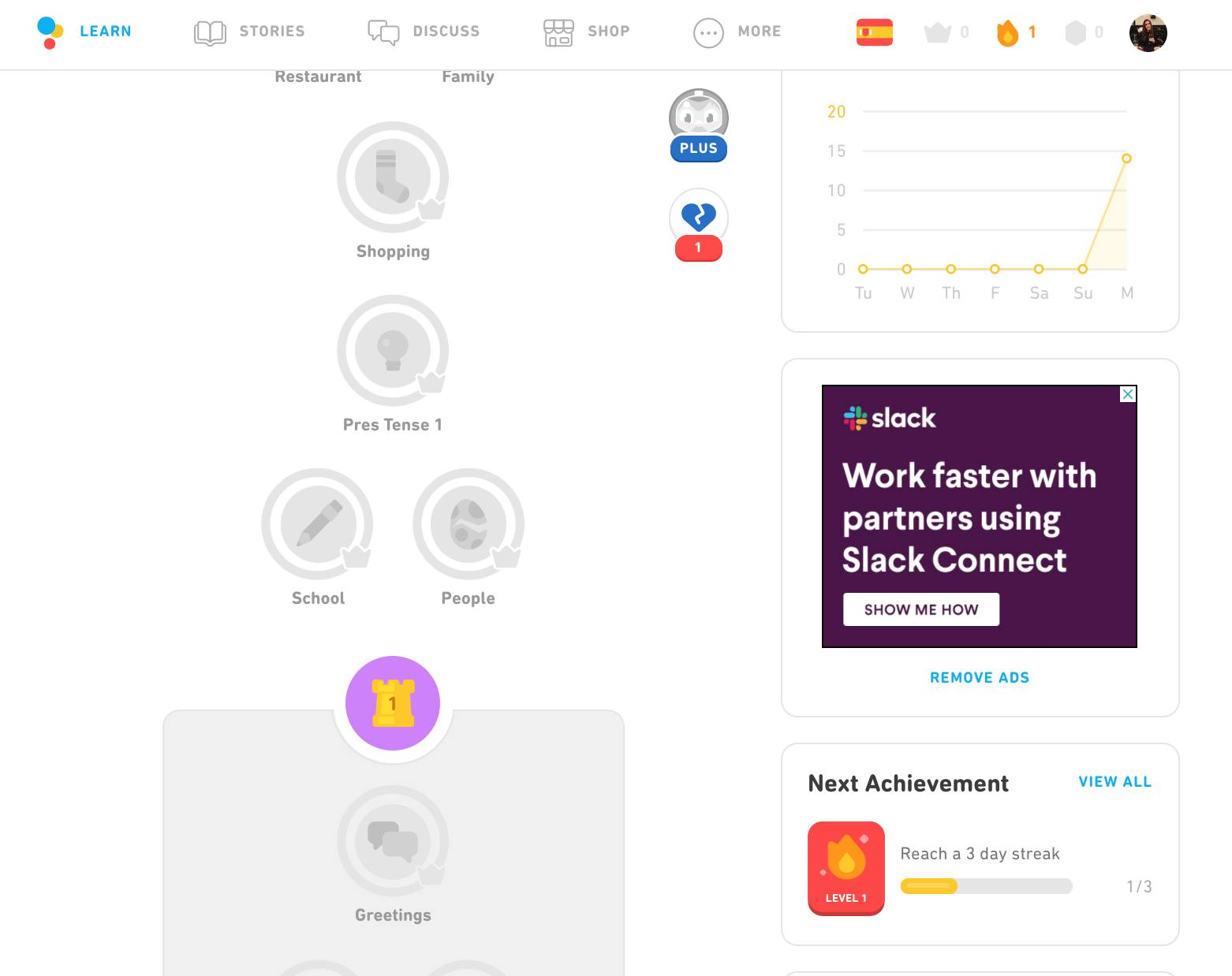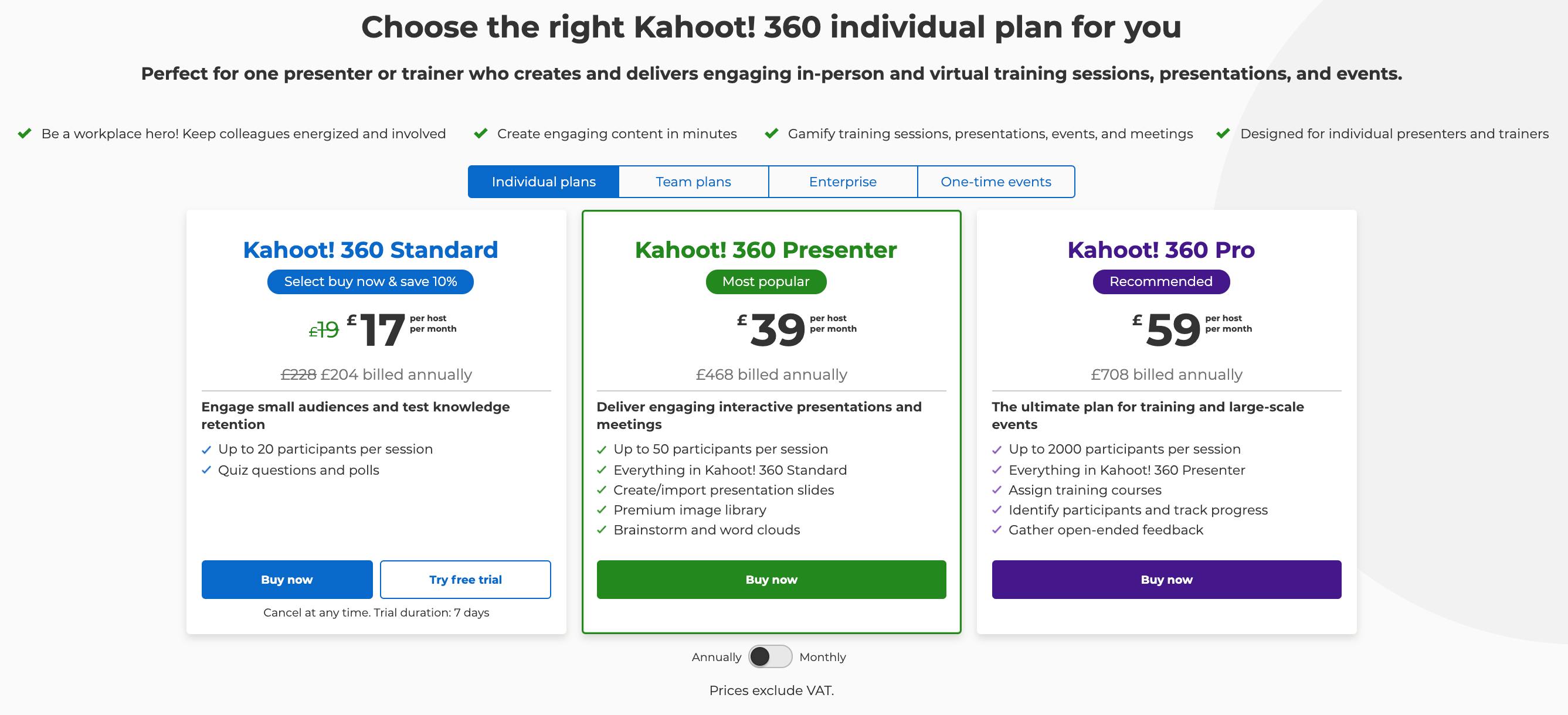In 2020, the edtech industry went from one-to-watch to a booming, mainstream channel in the traditional education system. As global lockdowns halted face-to-face learning in schools and universities, and many adults had more time at home to learn something new, edtech provided the flexibility and remote access to education that the world needed.
And the numbers speak for themself:
- The global edtech market grew by 22% in Q1 of 2020
- It is forecast to grow on average 19.9% a year through 2027
What does this rapid growth mean for edtech now and how can you set your business up for success?
For one, it means trying to stand out in an increasingly competitive market. And if you do win out against the competition, you need to have scalable systems in place to support you as you grow.
Underpinning all of this is how you bring revenue into your business. And with a number of models to choose from, finding the right one for your business is more crucial than ever.
In this guide, we unpack some of the most popular SaaS revenue models for edtech businesses and discuss the pros and cons of each.
Choosing the right revenue model
The right model for your business will depend on a number of different factors, including:
- The customers you serve . Different types of customers have different buying habits so think about who exactly you’re targeting. Is it consumers, educational institutions, or someone else? If institutions, are they privately funded or run by a local authority?
- Where your customers are based: Different revenue models are more popular in different regions. Some countries also have different regulations regarding sales tax on software and security on recurring payments that should inform your decision.
- The product or service you are selling: Is this something you expect people to use on an ongoing basis? Or is it more suited to a one-off purchase?
- Your business stage and growth plans: If your main focus is getting more users (customer acquisition) your revenue model should support that and help you get people through the door (this might be free users at first). Whereas a business focused on retaining its current customer base might put the resource into optimizing a subscription model.
5 SaaS revenue models
Here are five popular SaaS revenue models that successful Edtechs are already using:
1. Freemium model
A freemium model is where you offer a free version of your product or service. One that has enough features to show the users the value of your product but is limited enough to encourage users to upgrade later on.
It’s a model tried and tested by SaaS giants like Zoom, and Slack. Think back to having to start a new meeting after 40 minutes of that virtual quiz - or was that too annoying, making you sign up for the unrestricted times of a Pro Package? See what they did there?
Pros
It’s a great way to get more people using your product and stand out against your competitors if they don’t offer a free version of their own.
By giving customers access to your product for free, they can see for themselves just how valuable it will be to them.
A freemium model can help you retain customers for longer. As users already know what they’re going to be paying for, there should be less cause to churn.
Cons
Using a freemium model means carefully treading a fine line between offering a valuable free service and persuading users that your full product is actually worth paying for.
If your free users aren’t left wanting more, they’ll stick with what they’ve got. Yet if your free version isn’t up to scratch, you risk losing them altogether.
For edtechs selling to schools or other institutions with a tighter budget in particular, it’s important to think about how exactly you will convert your free users before you opt for that freemium model. Here are some tried and tested techniques to get you started .
2. Ad-based model
An ad-based model involves monetizing your product through ad space on your product or platform, rather than charging your users. It’s commonly used alongside a freemium model.
Perhaps most famously, Spotify has successfully used this model for a long time by playing ads in between the media its free users are listening to.
In the edtech world, language-learning app Duo-lingo has taken this model to the masses with 40million active learners split between its free and paid offerings.

Pros
You can still make money from a free version of your product. This means you’re likely to be able to keep that version free long term, without it blocking your growth.
Adverts can be a catalyst for users moving to a paid subscription. Particularly for media or learning platforms where adverts interrupt the experience.
Cons
You need to make sure that the advertising doesn’t stop users from wanting to use your product. We’ve all used an app with too many ads and swiftly deleted it.
You need a strategy for filling the ad space, either directly or through a third-party tool. And even when you have them, you won’t see the revenue rolling in right away. For ads to be worthwhile, you’ll need to make sure there are a lot of eyes on them - and in many cases, clicks and interactions too.
3. Subscription model
If your product is intended for long-term use, then you’ve probably already considered using a subscription model. That is charging your customers on a recurring basis, often monthly or annually.
It’s a model that became popular with media and entertainment services but has since boomed - and you can now buy everything from your weekly meals to beauty products on a subscription basis. And, of course, your edtech too.
DuoLingo has Duolingo Plus, which starts with a full access 14-day trial before moving to a monthly payment. Others, like Kahoot! have a number of different paid packages for individuals and teams - before moving to bespoke pricing for enterprise businesses.

Pros
Subscriptions are flexible and allow you to package your product in a way that’s most effective for your business and customers.
Recurring payments give you a more predictable source of revenue and (hopefully) a loyal customer base for potential upsells or add-ons later down the line.
Cons
You need the technology to manage recurring payments and subscription logic. That’s finding a payment gateway and a subscription management tool (and integrating them together) or working with an all-in-one solution. Whichever way you choose to manage that infrastructure, the subscription process should be seamless for the customer, otherwise you risk customer churn .
4. Marketplace model
If you host learning materials from different providers, a marketplace model could be the way to go.
It’s a model used by retailers like Amazon and Etsy, but perhaps the most recognizable as a marketplace is Apple’s App Store. These companies host different sellers and take a cut of their sales through their platform. Some charge sellers to be listed on the marketplace too - the equivalent of charging for a pitch or stall at a traditional market.
This model hasn’t escaped edtech businesses with Udemy paving the way with its access to online courses.
Pros
It opens up multiple sources of revenue as each seller will have its own products and services.
If you charge a listing fee, you can generate revenue regardless of how well individual products or courses are sold.
You don’t have to worry about the fulfillment of sales, as that will lie with the seller (although this could also be a risk as we’ll discuss below).
Cons
You’ll need to have a number of providers looking to sell through your marketplace in order for it to be successful. And a high volume of customers as you’ll only be taking a share of each sale.
You have to manage both seller and buyer relationships - as both are your customers.
You’re not in control of the whole process. If customers aren’t satisfied with what they buy from a seller, it could reflect badly on your marketplace’s brand too.
5. Channel sales model
Channel sales involves selling through one or more third-party channels. That could be selling through a marketplace (like the ones mentioned above) or through affiliates or using a referral partner or program.
Many businesses choose to do this alongside direct sales from their website to add another source of revenue to their business.
Pros
Selling through different channels can get your product in front of new audiences. More reach means more potential customers and more potential revenue.
It’s scalable because a lot of the heavy lifting in terms of operations and sales is managed for you.
Cons
As you scale, you might prefer to have more visibility over the purchase and sales process.
You have to share the profits with a third party. It could be a fee for a referral or a share of revenue to a marketplace. Marketplaces in particular are known for imposing high fees to its sellers.
Scaling your revenue model
The right revenue model for your business will need adapting and iterating as you scale. When you launch, you might start with a freemium service to get users onboard. Then revisit the model as you grow. As we saw with Duolingo you can then implement new models that unlock new streams of revenue and give yourself the best chance of success.
Choosing your revenue model is a core part of your go-to-market (GTM) strategy.





